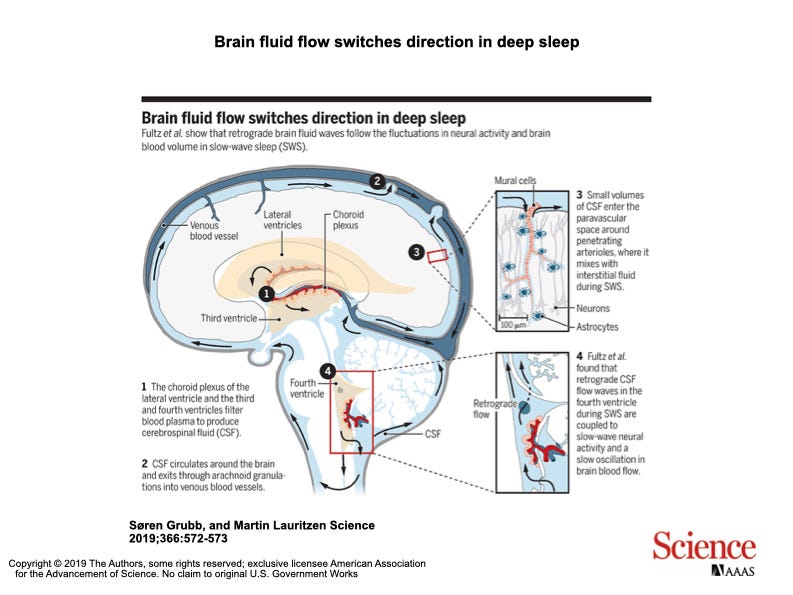Pain. Probably not the most favoured of topics. A sensation often sought to be avoided. Yet at some time, pain invades or strikes your body. The key I’d like to convey today is in developing a relationship with pain. Not as a way to attach and identify with the pain, but to process the signal as an invitation to come to know something about your body or yourself, that you hadn’t before.
As new life emerges into existence, pain sensations are often part of that process. The realities pain has revealed to me have been more generative and serving toward development and learning. Through the humbling acceptance of pain, working through pain, allowed more long term changes, then attempts for quick fixes.
There are times softening can be of service to working through pain. There are times when numbing pain can be of service to addressing the root. The red thread here is not about going through all the kinds of (tooth, joint, muscle, organ, mental) pain there are, but to rather consider pain sends a signal. This signal can be seen as a light attempting to draw awareness to an area previously left in the dark.
Tears can accompany pain, and maybe they can, more often. Tears have acquired cultural significance that doesn’t always relate to their actual purpose of releasing tension from the nervous system. Even if the pain signal is from an Idea being confronted with a different Reality. You maybe didn’t even know you had that Idea, until you’re going along doing whatever you do and then ouch! externally or internally, physically or psychologically, ZING! This kind of disruption in the stream of experience invites attention to the cause of discomfort.
It has long been said salt and water heal everything. Whether that’s swimming in the ocean, a salt bath, or the passing of tears, the common sense recalibration is real because anyone who’s dipped in salt water cleanse shares a similar story: the feeling of clearer and calmer, came after.
Addressing pain can make certain psychological structures go run and hide. As a friend put it, lick the wounds. Even through moments of hubris, humans are still animals. So what are the cultural constructs around pain really about? Villain and victim making? Maturation measuring?
A couple cookies ago there was a post on courage and strength. You know there are some folks pained by asking for directions and others pained by asking for help. The definitions of courage and strength vary, and so does pain. While some pains feel better in the morning, there are some pains that need more than a good sleep. Here’s a nifty chart about the cool thing the body does to your brain while you’re sleeping:
So back to pain. Interestingly (at least to me) when I started learning Norwegian, I noticed there were fewer words for pain than I perceived in English. I had immediately wondered if that could explain various taboo phenomena, such as the prevalence of addiction or even darker, subjugating dynamics common throughout the world. As it turns out, even creating a society where everything looks ideal from the American continent, there is still pain and distress. Conceding the alleviation of mental pain, say in breaking a bone not breaking your bank account, there is great merit in such organised social cooperation. Culturally, treating pain with inquisition and curiosity, is something I found to be deeply liberating. While I had previously only found this perspective from yoga and meditation settings in the USA, this perspective has been part of an ongoing experience I had in the Nordic healthcare system. No pain, however small or large is ignored by those with the courage and strength to seek understanding. Maybe we have Ibsen to thank for his tireless work to elevate taboo social subjects into the shared psychic space.
And that psychic space, by definition is our spiritual space. (If you haven’t checked out etymology.com, I highly recommend it.) Making the spiritual space more spacious invites distance in viewing the pains fo life, and makes the teachings gurus said about pain acceptable. I mean, it all comes down to being able to digest different ways of thinking. How hard can it be? *winkwink. Pain when accepted as another shade of experience transforms those waves of experience, producing all kinds of actual change.
















Pain and paying attention